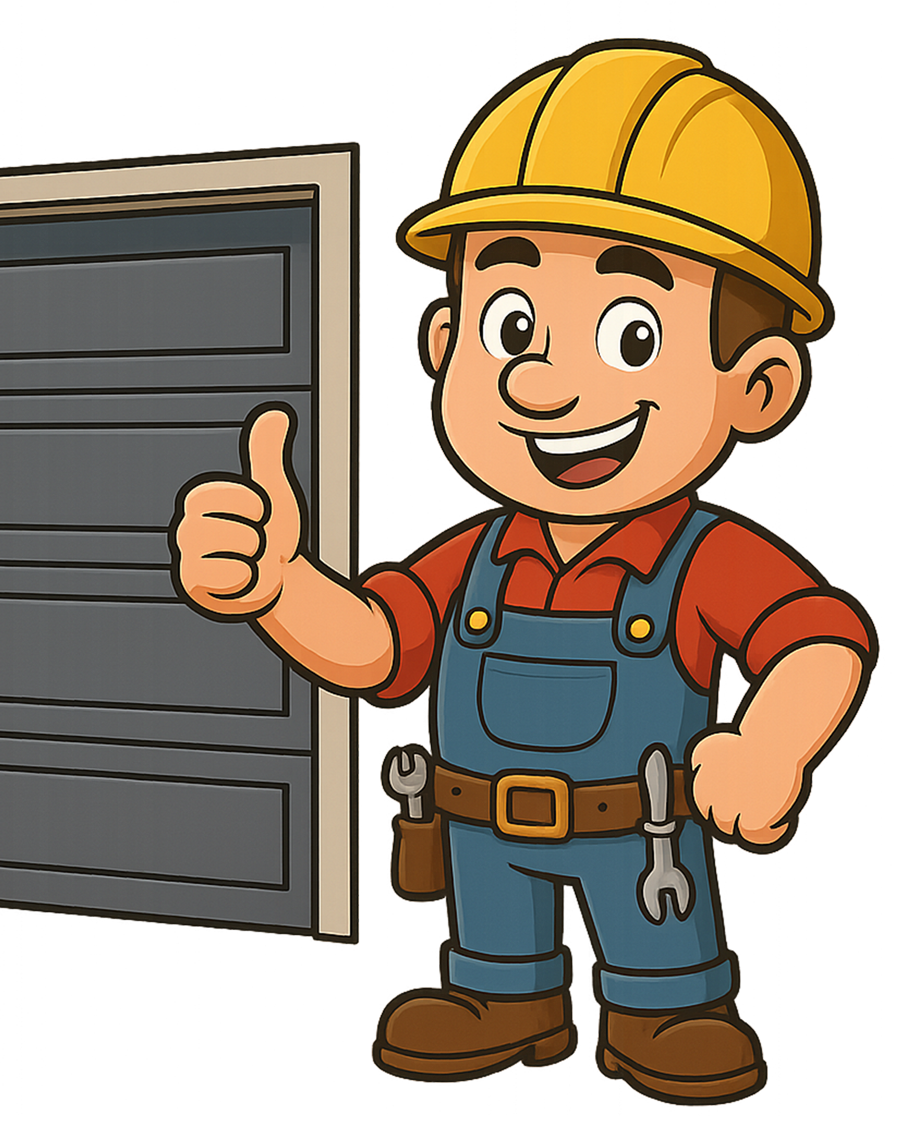Broken Garage Door Springs
When garage door springs break, they can render the entire door inoperable, creating a serious inconvenience and potential safety hazard. These springs are under high tension and play a crucial role in lifting and lowering the door. Attempting a DIY repair without the proper tools or training can be extremely dangerous. That’s why hiring a professional garage door repair company is essential. These experts have the knowledge and equipment to safely and efficiently replace broken springs, restoring functionality to your garage without risking injury.
A professional repair service doesn’t just provide safety—they also ensure long-term reliability. Technicians can identify underlying issues that may have led to the spring failure in the first place, such as misalignment or wear on other components. By addressing the root cause, they help prevent future breakdowns, saving you time and money in the long run. Plus, reputable companies often offer warranties on their work, giving you added peace of mind that the job was done right the first time.
BROKEN GARAGE DOOR SPRINGS
When it comes to broken garage door springs, hiring a trained professional is not just a smart choice—it’s a crucial one. Garage door springs are under intense tension and can cause serious injury if handled improperly. A certified technician has the experience, tools, and safety knowledge to diagnose the issue and make the repair efficiently and safely. Trusting a professional not only protects your property and loved ones, but it also ensures your garage door operates smoothly and reliably long after the repair is complete.
To help you better understand what’s involved in garage door spring repair, we’ve put together a list of frequently asked questions. This section covers everything from identifying a broken spring to what you can expect during a repair. If you’re dealing with a malfunctioning garage door or just want to be prepared, these answers will give you the clarity and confidence you need.
A broken garage door spring often makes a loud bang when it snaps. You might hear this sound even if you’re not near the garage. Afterward, you may notice that the garage door won’t open at all or only opens a few inches before getting stuck. You might also see a visible gap in the spring or notice the door hanging crookedly or moving unevenly.
Another common sign is that the garage door opener struggles to lift the door or sounds strained when trying. In some cases, the cables may appear loose or out of place, which can also result from a broken spring. If you see any of these signs, avoid using the door until a professional can assess the issue—it’s dangerous to operate a garage door with a broken spring.
Technically, yes—but it’s not recommended. If you have an automatic opener, it might still be able to lift the door, but doing so places an enormous strain on the motor and can lead to more costly damage. Without the spring counterbalancing the weight, your garage door becomes extremely heavy, which could result in injury or further mechanical issues if forced open manually.
In emergencies, some people manually lift the door with help, but this should only be done with extreme caution and never attempted alone. The best course of action is to leave the door closed and call a professional. Trained technicians have the tools and experience to safely manage the weight and complete the repair.
The most common cause is simple wear and tear. Most garage door springs are rated for about 10,000 cycles (a cycle being one open and close). If you use your garage door multiple times a day, those cycles add up quickly. Over time, the metal weakens and eventually snaps under tension.
Other factors include rust, lack of maintenance, or cold weather. Rust can cause corrosion, making the springs brittle and prone to breaking. Temperature fluctuations, especially in winter, can also increase stress on the springs. Regular maintenance—like lubricating the springs—can help extend their life and catch early signs of wear.
Yes, it’s generally recommended to replace both springs, even if only one is broken. Garage doors with two springs are designed to share the load equally. If one spring fails, the other is likely not far behind. Replacing both ensures balanced lifting power and avoids another breakdown soon after the first repair.
Additionally, if you only replace the broken spring, the new one will be stronger than the old one, potentially causing uneven lifting. This imbalance can wear out other garage door components faster, leading to additional repair costs. For long-term performance and safety, replacing both springs together is the smarter move.
Most professional garage door technicians can replace springs in about 1 to 2 hours. The exact time depends on the type of door, the number of springs, and how accessible the components are. Professionals carry the right tools and replacement parts to get the job done efficiently.
Attempting to do it yourself, on the other hand, can take several hours—and that’s if everything goes smoothly. Plus, the risk of injury is significant if you’re not trained. Hiring a professional ensures the job is done safely, correctly, and in far less time.
The cost to repair or replace broken garage door springs typically ranges from $150 to $350, depending on the type of spring, labor costs, and whether one or both springs need replacing. Torsion springs tend to be more expensive than extension springs, but they’re also more durable and offer better performance.
Keep in mind that while it might be tempting to shop for the cheapest option, quality matters. A reputable repair company will use high-grade materials and offer a warranty on both the springs and their workmanship. That peace of mind—and the longer-lasting repair—is usually worth the slightly higher investment.




